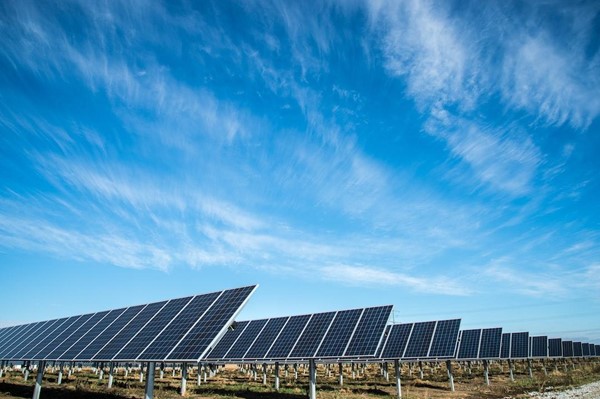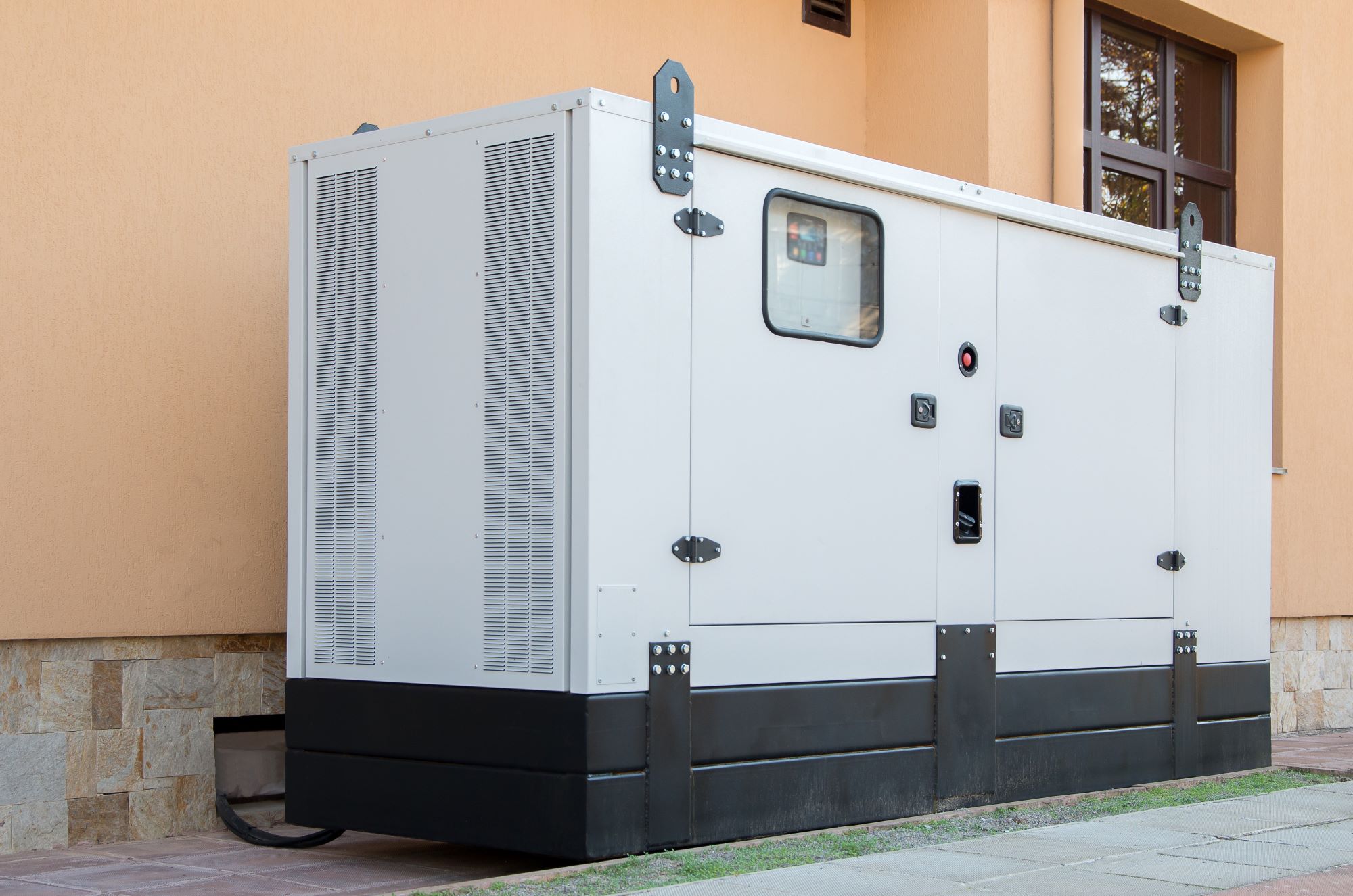Making innovation accessible in the renewables sector with user-centric tech
The world is constantly changing, and considering that significant changes are coming, all industries need to adapt and be more flexible continually. According to the World Resources Institute, in 2012, the International Energy Agency expected that global solar energy generation would reach 550 terawatt-hours in 2030, but that number was exceeded by 2018. Could anyone in 2012 expect UX to be a crucial tool in the renewable energy sector, helping combat climate change?
Regardless of our past expectations, we know that now. In the present day, in a world that has changed so significantly over the last few years, we have to look forward and know beforehand what will help us shape the future using technology and design. It needs to be user-centric.

Why focus on the design?
A good question that has a simple answer: because the user is the one who interacts with technology and technological innovations. User-centred design (UCD) is an iterative design process in which designers focus on the users and their needs in each phase of the design process. In UCD, design teams involve users through various research and design techniques to create highly usable and accessible products for them. One sign of effective UX is when a user can discover how an object or product is supposed to work, what it’s supposed to do, and how to behave just by interacting with it.
While the number of people interested in solar and wind energy is growing fast, the number of people who go through with installing, for instance, solar panels on their roofs could be higher. The process is tedious, frustrating and sometimes scary: an entirely new field, which means you have to swallow tons of information, wondering if said information is correct, up-to-date, unbiased, etc.
In Norman’s The Psychology of Everyday Things, he suggests that four things are driving the intent of designing for users:
- Make it easy to determine what actions are possible at any moment.
- Make things visible, including the conceptual model of the system, the alternative actions, and the results of the actions.
- Make it easy to evaluate the current state of the system.
- Follow natural mappings between intentions and the required actions, between actions and the effect; and between the visible information and the interpretation of the system state.
Applying this approach to UX design in the renewable energy sector is a necessary step towards inviting more users into sustainable green energy and, in the end, uniting with them in the struggle against climate change and the damage inflicted upon the environment by decades of burning fossil fuel.
Learning From Mistakes And Creating User-Centric UX
This uphill journey from wanting to make your house more eco-friendly to making it happen was exactly like that for Dennis Wright from Nova Scotia. He researched, compared prices, specs, installers, and finally reached the end of this unnecessarily complicated adventure. Now, people in Nova Scotia don’t have to suffer the same fate. The Nova Scotia Department of Energy and Mines and Clean Foundation challenged R&G Strategic to develop an easy-to-use online tool to help Nova Scotians discover their home’s solar potential. Going solar is much easier in this Canadian province.
The situation can be improved with wind energy, too. Most people are in the dark when it comes to wind. Wind turbines can be installed in people’s backyards, yet they are still as rare as a unicorn. The potential for this specific area of the renewable energy sector is tremendous, which means simple, easy-to-use, user-centric solutions have to be found to reach this potential.
WINDExchange, supported by the Wind Energy Technologies Office at the U.S. Department of Energy and facilitated by the National Renewable Energy Laboratory, is already working on this issue, providing and sharing the best available science and fact-based wind energy information to U.S. communities to enable them to make well-informed decisions about the appropriate development of wind energy.
What Looms Ahead
Software development in renewable energy is the key to making innovation more accessible. Once the renewable energy industry adopts this approach to create user-centric UX, we will see a steep growth in the number of users in renewables. Adjustments will be needed, as always, when it comes to significant changes. Yet, these changes are much needed and, frankly, a bit overdue. It is certain that any challenge, however complex, can be overcome when bright people unite, and there is no shortage of such people in renewables.


















